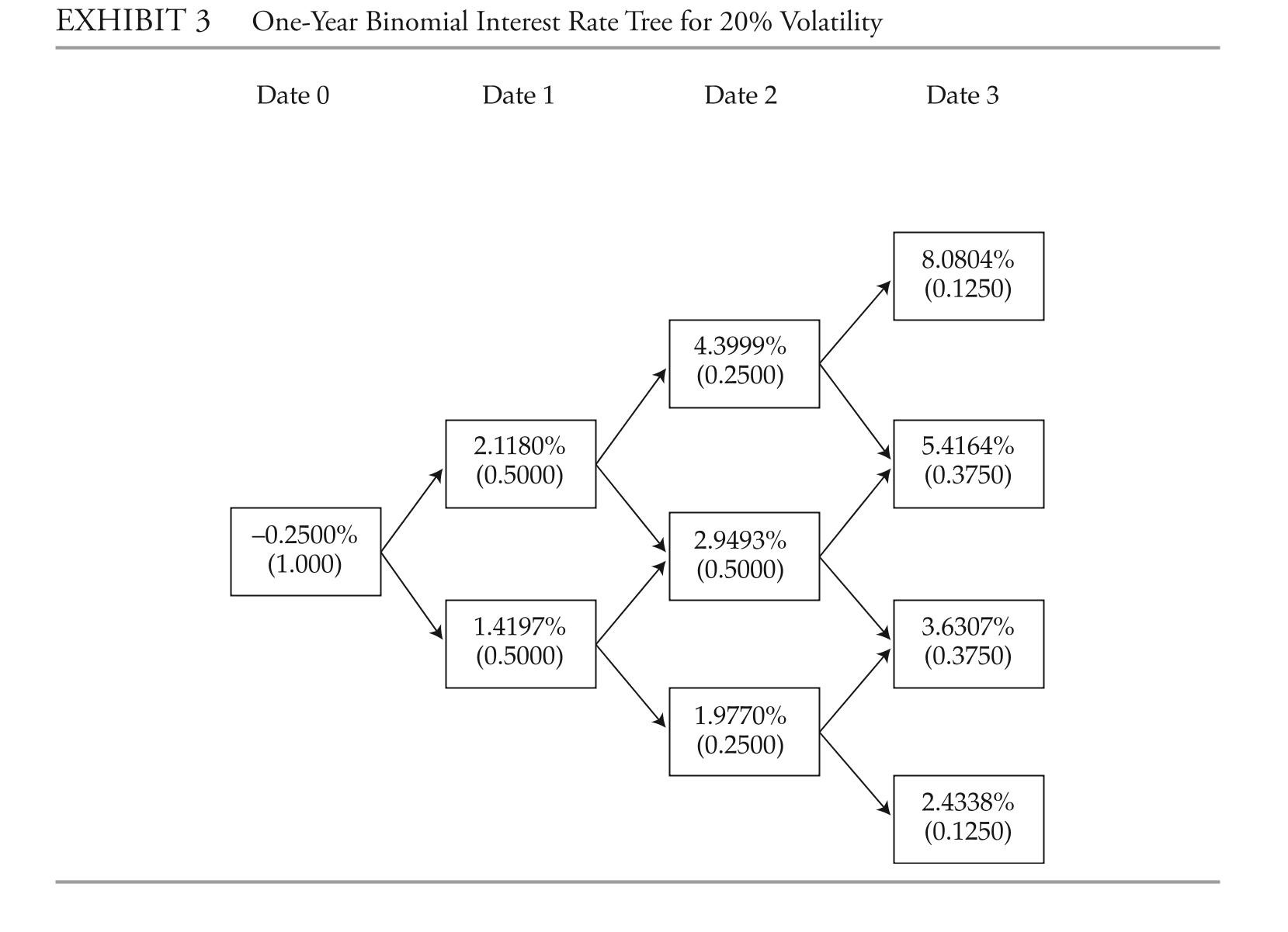The following information relates to Questions
daniela ibarra is a senior analyst in the fixed-income department of a large wealth manage-ment firm. Marten Koning is a junior analyst in the same department, and david lok is a member of the credit research team.
The firm invests in a variety of bonds. ibarra is presently analyzing a set of bonds with some similar characteristics, such as four years until maturity and a par value of €1,000. exhibit 1 includes details of these bonds.
exhibit 1 a brief description of the bonds being analyzed bond descriptionb1 a zero-coupon, four-year corporate bond with a par value of €1,000. The wealth management firm's research team has estimated that the risk-neutral probability of default (the hazard rate) for each date for the bond is 1.50%, and the recovery rate is 30%.b2 a bond similar to b1, except that it has a fixed annual coupon rate of 6% paid annually.
b3 a bond similar to b2 but rated aa.
b4 a bond similar to b2 but the coupon rate is the one-year benchmark rate plus 4%.ibarra asks Koning to assist her with analyzing the bonds. She wants him to perform the analysis with the assumptions that there is no interest rate volatility and that the government bond yield curve is flat at 3%.ibarra performs the analysis assuming an upward-sloping yield curve and volatile interest rates. exhibit 2 provides the data on annual payment benchmark government bonds.1 She uses these data to construct a binomial interest rate tree (shown in exhibit 3) based on an assump-tion of future interest rate volatility of 20%.
1 For simplicity, this exhibit uses
 answer the first five questions (1-4) based on the assumptions made by Marten Koning,the junior analyst. answer questions (8-12) based on the assumptions made by daniela ibarra, the senior analyst.
answer the first five questions (1-4) based on the assumptions made by Marten Koning,the junior analyst. answer questions (8-12) based on the assumptions made by daniela ibarra, the senior analyst.
Note: all calculations in this problem set are carried out on spreadsheets to preserve reci-sion. The rounded results are reported in the solutions.
-in the presentation, lok is asked why the research team chose to use a reduced-form credit model instead of a structural model. Which statement is he likely to make in reply?
Definitions:
Annuity Conditions
Terms that specify how an annuity is to be paid out, including timing, the potential for beneficiaries, and the calculation of payments.
Compounded
The process where the value of an investment increases because the earnings on an investment, both capital and interest, earn interest as time passes.
Future Value
The value of an investment at a specific date in the future, calculated by applying expected rates of return.
Ordinary Annuity
A series of equal payments or receipts that occur at the end of each period for a fixed duration.
Q3: relative to an otherwise similar option-free bond,
Q6: Which of Petit's observations about the three
Q7: What secondary market characteristics would most likely
Q9: <span class="ql-formula" data-value="\text { A composite beam
Q14: State the period of the function.
Q19: Based on Exhibit 1, Rayes would most
Q63: The monthly sales S (in hundreds
Q85: Select the graph of the equation
Q119: <span class="ql-formula" data-value="\text { Find the limit
Q145: Use the graph of <span